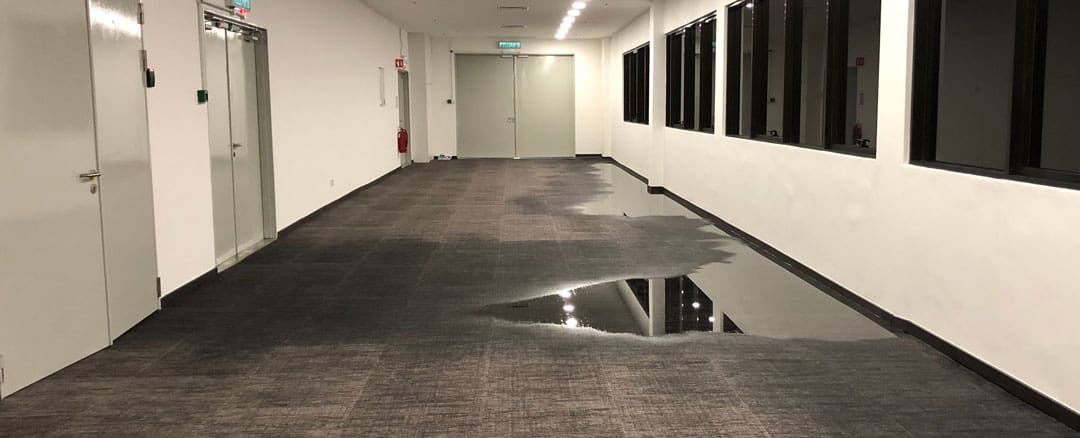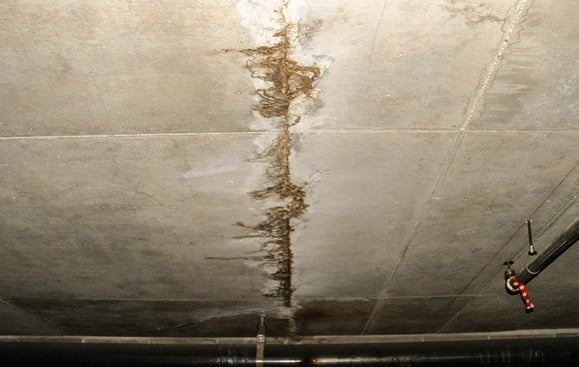What are your thoughts on Preventing Fires and Water Damage In Your Home?

Water gives life, yet water invasion on some components where it's not supposed to be can result in damage as well as trouble. In enhancement, homes with water damages odor mildewy as well as old.
Water can originate from several resources like tropical cyclones, floods, burst pipelines, leaks, and also drain issues. It's much better to have a working understanding of safety and security preventative measures if you have water damage. Here are a few standards on how to handle water damages.
Do Prioritize House Insurance Coverage Insurance Coverage
Seasonal water damages can originate from floodings, seasonal rainfalls, and also wind. There is likewise an event of an abrupt flooding, whether it originated from a malfunctioning pipe that all of a sudden ruptures into your home. To protect your home, get home insurance coverage that covers both disasters such as all-natural tragedies, as well as emergencies like busted plumbing.
Do Not Neglect to Switch Off Energies
When disaster strikes and you're in a flood-prone location, switch off the major electrical circuit. Switching off the power stops
electrical shocks when water is available in as water works as a conductor. Don't forget to switch off the major water line shutoff as a way to prevent more damages.
If the floodwaters are getting high, maintain your furniture stable as they can walk around and trigger additional damage.
Do Keep Proactive as well as Heed Weather Condition Informs
If you live in a location afflicted by floodings, stay ready and aggressive at all times. Listen to the news and discharge warnings if you live near a body of water like a creek, lake, or river .
Don't Overlook the Roofing System
Your roofing contractor must take treatment of the malfunctioning seamless gutters or any type of other indications of damages or weakening. An inspection will prevent water from flowing down your walls and also soaking your ceiling.
Do Focus On Little Leaks
A burst pipe does not occur in a vacuum or over night. There are red flags that can attract your interest and also show to you some damaged pipelines in your home. Indicators of red flags in your pipelines include gurgling paint, peeling wallpaper, water touches, water discolorations, or leaking audios behind the walls. There are indicators that the pipe will certainly burst. If you see these indications, don't wait for a rise. Repair and examine your plumbing repaired before it causes huge damage to your house, funds, and a personal nightmare.
Don't Panic in Case of a Burst Pipeline
Timing is essential when it comes to water damage. If a pipeline ruptureds in your home, promptly closed off your major water shutoff to reduce off the resource as well as protect against even more damage. Call a credible water damages remediation specialist for assistance.
Water gives life, yet water breach on some parts where it's not supposed to be can result in damages and also aggravation. In addition, residences with water damage odor old and also moldy.
Seasonal water damages can come from floods, seasonal rainfalls, as well as wind. Signs of red flags in your pipelines include gurgling paint, peeling wallpaper, water touches, water stains, or dripping sounds behind the walls. If a pipe ruptureds in your house, quickly closed off your main water shutoff to reduce off the source and prevent more damage.
6 Water Damage Restoration Do’s and Don’ts
Secure the area
First, ensure that it’s safe to be where the water is. Depending on the extent of the damage, you could be faced with a situation that’s dangerous to be in. Turn off the water supply and power supply, and disconnect appliances or mechanical tools that could conduct electricity or cause additional water to fill the area. Cover any holes in the roof or walls with a tarp so that the elements are kept out. Look for rodents and other pests that may have decided to come in or have been brought with the water. Secure heavy furniture or equipment that could collapse, or – better yet – take it out of the building completely. Immediately decide if it’s a place you can continue to be in until help arrives, being mindful of staff or customers that could get into harm’s way while you wait.
Call your insurance
The next thing you should do is reach out to your insurance company. Even if your damage was caused by flooding, and you don’t have a flood policy, it’s worth investigating. Depending on the cause of the water, there may be a way for a policy to cover it, especially if it’s the fault of someone else who has insurance coverage.
Remove valuables
Some things may have already been damaged beyond repair, but if you can move expensive items from the building, do so. Special equipment, computers and, and financial documents should be relocated off-site, if possible. Even if they can be put up above the waterline, natural disasters and building damage can attract criminals. You don’t want people taking advantage of the weakened structure of your office to steal from you.
Put up the things you can
Equipment and furniture that hasn’t already been damaged should be moved to the highest level in your building or set on top of other furniture. Remember that the entire room will be humid and damp, even if items are above the waterline. Just being in a flooded building can cause them to grow mold or become musty, so do this only if you can’t take them out of the structure completely.
Don’t remediate on your own
The biggest thing to remember when dealing with water damage, whether it came from a storm or an exploded toilet, is that you can’t handle much of the process by yourself. Even if you weren’t so already overwhelmed with losing your home or office to water, you don’t likely have the tools and industry-accepted resources to put the area back to a healthy, stable condition. In addition to water pumps, fans, and dehumidifiers, there may be materials that need to be demoed and reinstalled. The entire process of water damage remediation is a long one, and every step must be handled with care to ensure it doesn’t come back as a new problem. Home and office owners frequently try to handle water problems on their own, but the truth is that it can be difficult to know the extent of the damage just by looking at it.
Also, if it’s your personal business, you’re likely to be emotional and feel sentimental about the items damaged. You may not be able to reasonably assess if things need to be replaced. Everything from the carpet to the paint has a history; having a third-party expert team come in and give it to you straight is the best possible outcome. They can let you know just what can remain, and what has to go. In the end, removing everything that is beyond repair is best to avoid further health issues from mold or a collapsing structure.
Delay getting help
As you’ve read above, the consequences of trying to handle too much of the restoration process can have expensive outcomes. Doing things wrong is costly! Another way to add to the total bill for fixing the water problem is in waiting too long. If you try a “wait and see” approach, your building may be silently crumbling underneath the moisture, or mold may be starting to take hold. If you’re convinced it’s a job for the professionals, don’t wait a minute. As soon as you see that it’s going to be a problem, make the call.
https://idealsf.com/blog/water-damage/6-water-damage-restoration-dos-and-donts/

Do you really like more info about Ways to Reduce The Risk Of Fire And Water Damage? Try to leave a comment below. We'd be glad to find out your responses about this article. We are looking forward that you visit us again before long. For those who enjoyed reading our article kindly be sure to share it. Thank you for your time. Come back soon.
Comments on “Do's & Don'ts of Water Restoration.”